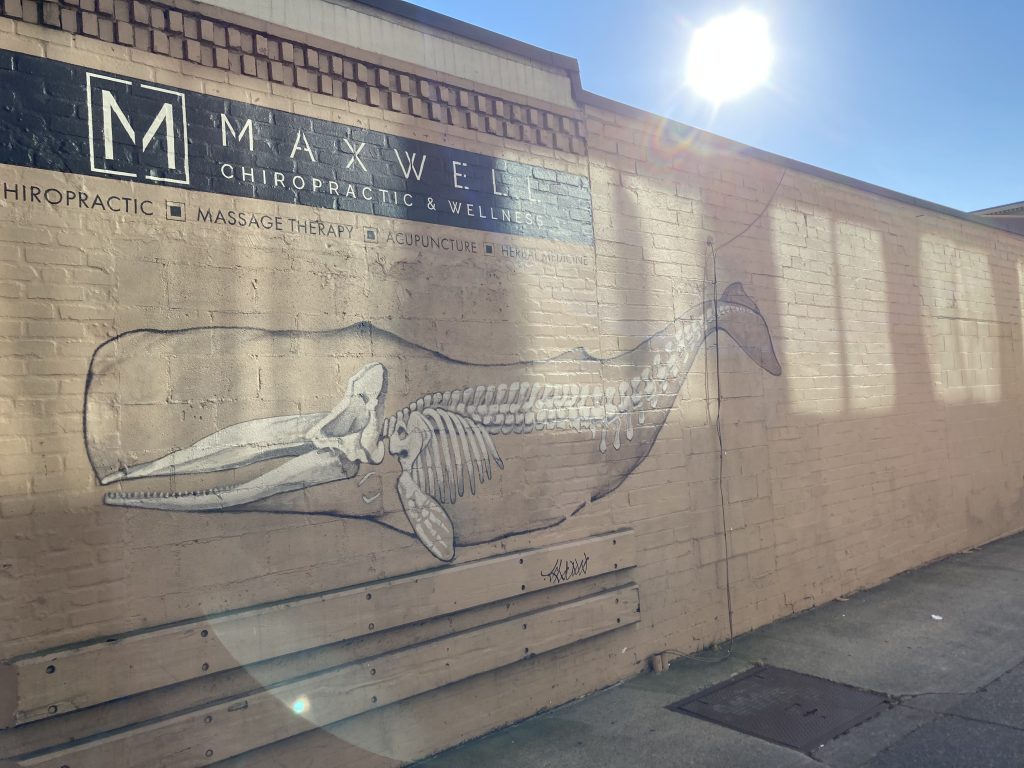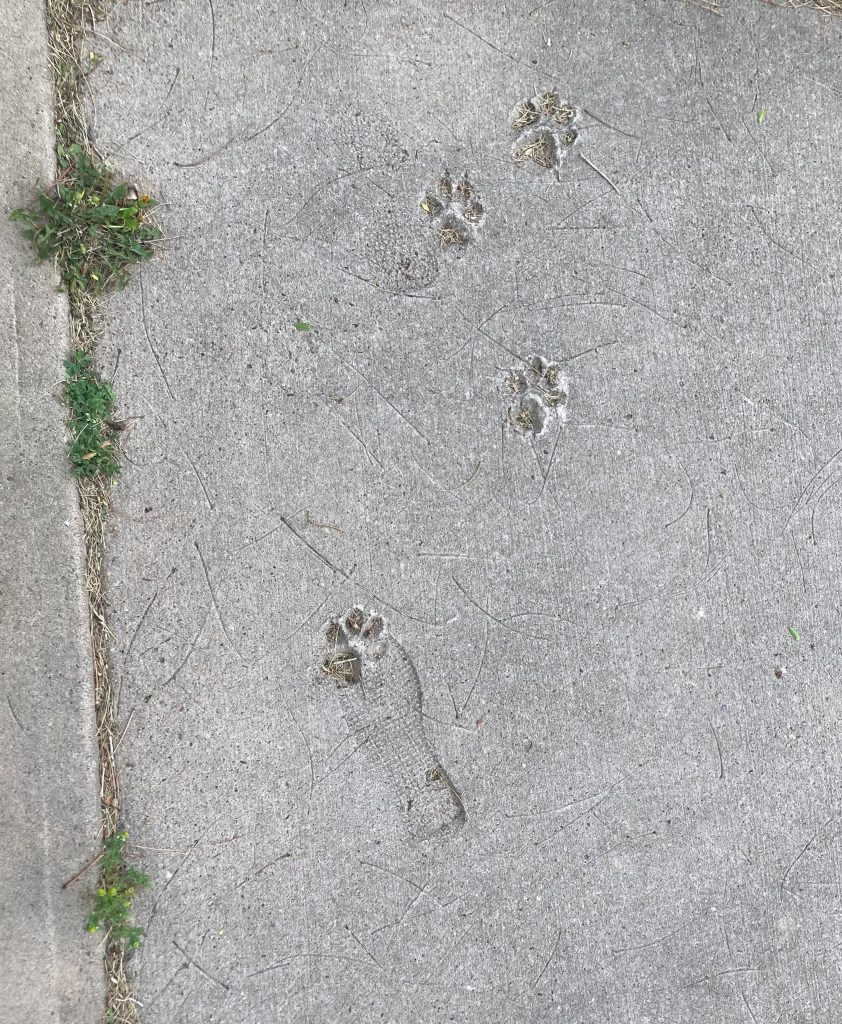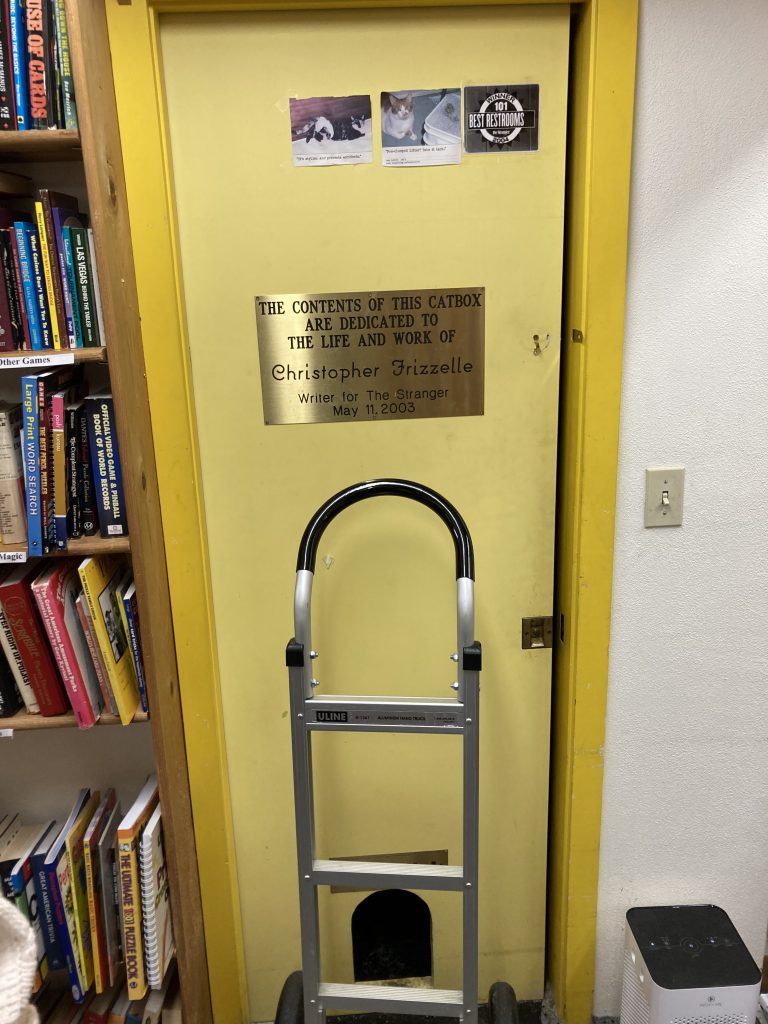Hector and I arrive at a place called ‘Hangman’s Ledge’ on a cold day in early autumn. There is nothing particularly special about ‘Hangman’s Ledge.’ Every state has a hangman’s this or hangman’s that which, of course, begs the questions ‘who was hanging who so often they named somewhere after it?’ and ‘if it’s who I think it was hanging who I think was, should we really hold on to that sort of name like it’s not a big deal?’ In terms of places to visit, however, ‘Hangman’s Ledge’ is entirely mundane.
It does offer a sprawling view of the valley below and, though it would be difficult to pinpoint ‘The Moonshine Spring’ without binoculars, it is very possible, on a cool autumn night, to see whether or not the spring has been ignited. The internet says it’s as simple as looking for flickering orange light, like a massive candle has been lit miles away. The internet says a person knows it when they see it. I don’t see it, so I assume ‘The Moonshine Spring’ carries on in its unignited form below and we skip it.
You see, the internet says that, in its unignited form, fumes from ‘The Moonshine Spring’ are capable of intoxicating or killing any small animals that happen to wander into the area.
Autumn by the Wayside offers another reason:
‘People have been killed over ‘The Moonshine Spring.’ You wouldn’t think that would be the case, but it is. Imagine a natural fountain of unbelievably high-proof alcohol. Imagine it exists, unregulated, on private land. The landowner has thrown the gates open- never thought to build gates, really- so anybody can visit ‘The Spring’ and drink or bottle to their heart’s content. It is a free, seemingly-infinite supply of a reasonably valuable resource.
But that resource is moonshine.
It is impossible to think of a reason why one person would kill another over such a thing and it’s impossible to believe that such a thing wouldn’t invariably lead to manslaughter in some form or another.
People come from all over the country to peaceably fill a bottle at ‘The Moonshine Spring.’. But those people also leave. The people that remain at ‘The Moonshine Spring’ for days on end are often of a different sort and they are, by definition, the most likely to be found there. The longer ‘The Moonshine Spring’ remains unignited, the drunker and angrier these people become. An unarmed traveler might check in town for recent burning dates and, finding they are a long ways off, should consider buying the pre-bottled stuff and saving the site for next time.’
Hector and I swing past ‘Hangman’s Ledge’ on our way back through again. It’s late autumn and cold. Colder on the ledge than anywhere else. Wouldn’t you know it- the internet was right about this one thing. The orange glow of ‘The Moonshine Spring,’ ignited, is unmistakable. Even from miles away.
We take the bike down off the ledge and walk the half mile or so to the dry rock field, finding it stinks of stale alcohol and urine at its outer edge but is fairly clean-smelling nearer the flame. Maybe the explosive ignition burns the residue off the rocks or maybe the long-term residents retain enough sense to separate the bathroom from the bar.
Autumn by the Wayside lists, in its many appendices, the ways ‘The Moonshine Spring’ has been ignited over the years. Everything from lightning strikes to dares. More often than not, though, it’s some drunken Icarus who wants to smoke with his drink. There’s a picture of it happening to a man- of his body silhouetted by the growing flame. It does round on the internet every once in a while. Isn’t hard to find.
We warm ourselves by ‘The Moonshine Spring’ and, when I worry Hector’s acting strangely, we head back up the valley wall, satisfied to have seen the thing in its better form.
-traveler





